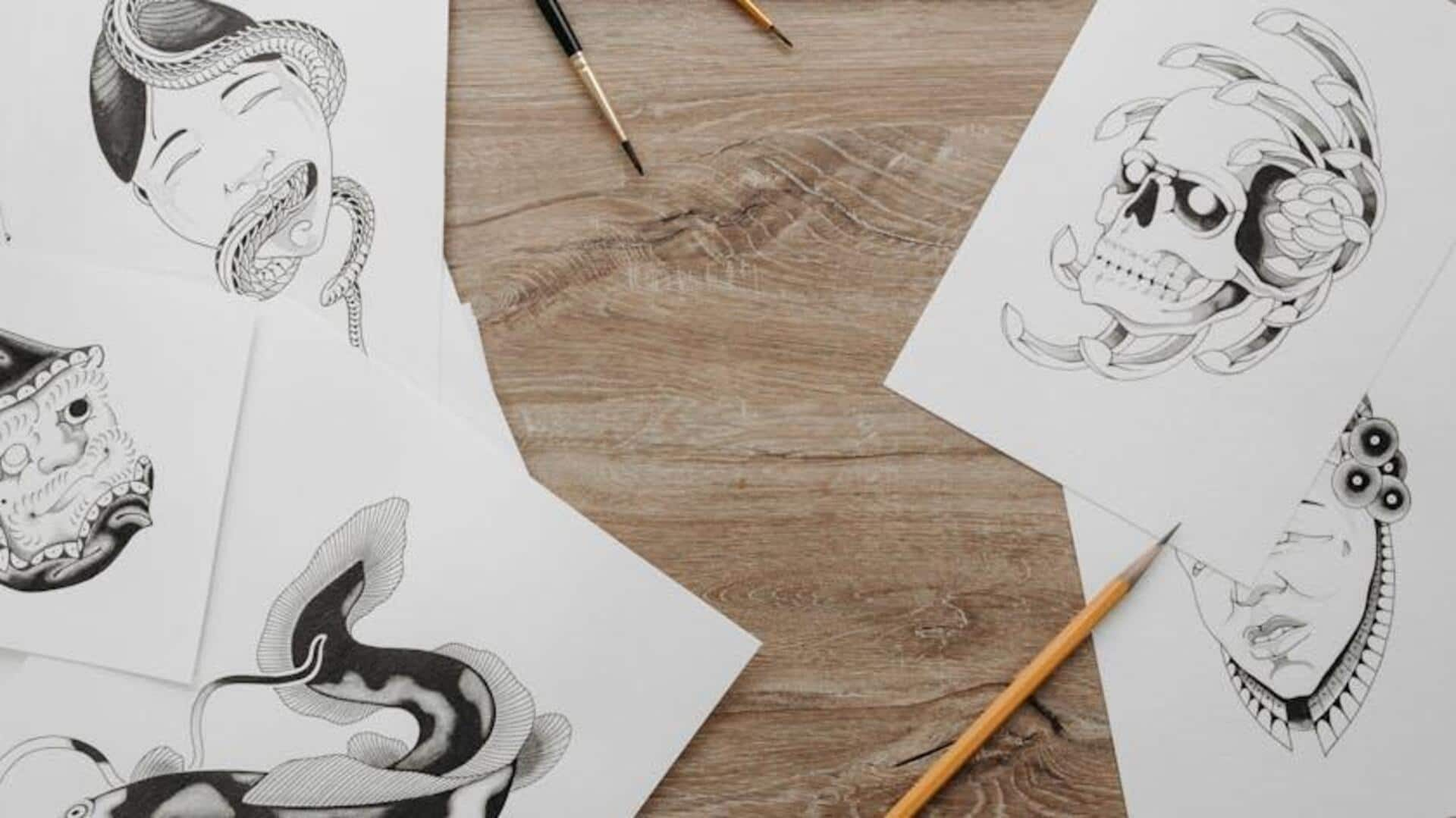
Pencil sketching 101: Tips, techniques, and more
What's the story
Pencil sketching is the most basic yet most versatile form of art. It allows artists to express their creativity without needing expensive materials or tools. However, to master pencil sketching, one needs to know some basic techniques and tips. This article provides insights into the essential elements of pencil sketching, giving you a practical guide to improve your skills.
Tip 1
Understanding pencil types and grades
Pencils come in different types and grades, each serving a different purpose in sketching. Graphite pencils are graded from H (hard) to B (soft), with F in between. Hard pencils create fine lines, while soft ones give darker strokes. Knowing how to choose the right pencil for your desired effect is essential for creating detailed sketches.
Tip 2
Mastering shading techniques
Shading is essential in pencil sketching to create depth and dimension. Techniques like hatching, cross-hatching, stippling, and blending are commonly used to add texture and shadow. Practicing these methods will allow you to create realistic images by controlling light and shadow effectively.
Tip 3
Importance of observation skills
Developing strong observation skills is key to pencil sketching. Artists must learn to closely observe their subject matter, noting details such as proportions, angles, and textures. This skill helps in accurately translating what they see onto paper, enhancing the overall quality of the sketch.
Tip 4
Practicing regularly for improvement
Like any other skill, regular practice is the key to mastering pencil sketching. Setting aside time every day or week for sketching helps build muscle memory and improve technique over time. Consistent practice allows artists to experiment with different styles, while refining their unique approach to art.